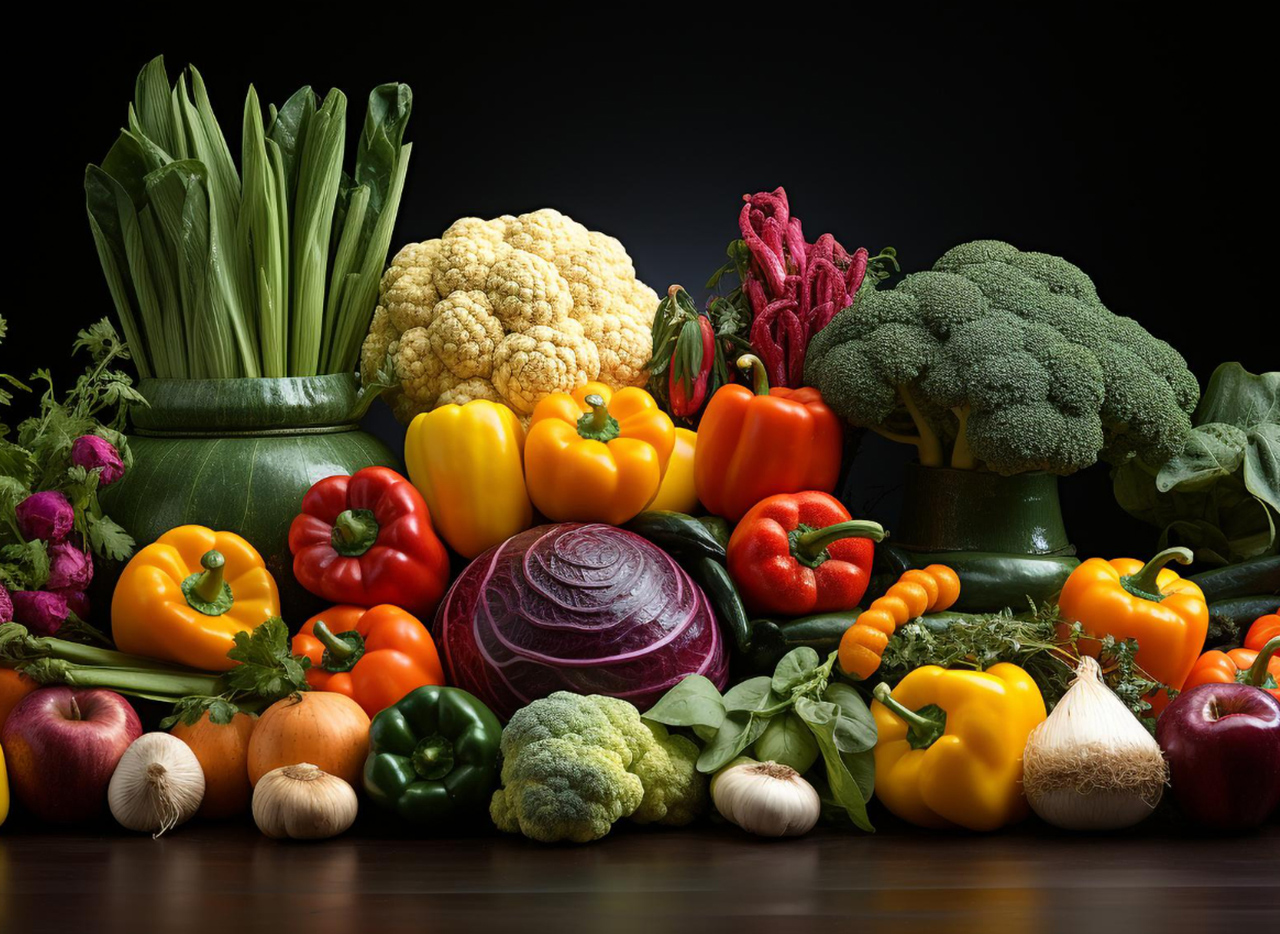
Snacking on raw vegetables instead of potato chips adding fruit to your cereal at breakfast using the salad bar when you go out for lunch or to the grocery store loading up on juice instead of a usual coffee, tea or soda. The challenge, offered by the National Cancer Institute–a branch of the National Institutes of Health–is to eat at least five servings of fruits and vegetables a day, and these are some ways consumers are rising to the occasion.
They’re taking advantage of the healthful benefits of fruits and vegetables. Studies by the U.S. Department of Health and Human Services, U.S. Department of Agriculture, and the National Academy of Sciences suggest that the nutritional goodness of fruits and vegetables, with a diet that is low in fat, saturated fat and cholesterol and that contains plenty of whole-grain breads and cereals, may decrease the risk of heart disease and cancer.
Fruits and Vegetables potential to help improve the health of Americans led NCI to begin a multi-year public education campaign in 1992. Its goal is to increase consumers’ awareness of the importance of fruits and vegetables and to give consumers ideas on how they can increase their intake. With its partner, the Produce for Better Health (PBH) Foundation–a nonprofit consumer education foundation funded by the produce industry–NCI has taken the “5 A Day for Better Health” message to grocery stores, classrooms, television, work sites, churches, and elsewhere.
Food labeling of fresh, frozen and canned fruits and vegetables may carry the message, too. And if you need more specific nutrition information about a particular item, you can find it in the labeling of most products, as well. The Food and Drug Administration regulates this information, which corresponds to NCI’s Five A Day guidance and the government’s Dietary Guidelines for Americans.
Emphasis on More
A 1991 NCI and PBH survey, which has the best available, most up-to-date information on consumers’ consumption of fruits and vegetables, found that the average American consumer eats only about three servings of fruits and vegetables a day. Forty-two percent eat less than two servings a day. Compare those figures with the five to nine servings a day recommended by the Dietary Guidelines for Americans and you can see that many of us have a way to go.
A major reason to eat more fruits and vegetables is their nutritiousness. Unless baked in a pie or dripping in butter, most are low in fat and calories–except avocados, coconut and olives, all of which contain fat naturally. Many are excellent sources of the important vitamins A and C and provide ample fiber.
In addition, many fruits and vegetables, particularly dried beans and peas, are significant sources of folate, a B vitamin that can help reduce the risk of certain serious and common birth defects. (See How Folate Can Help Prevent Birth Defects in the September 1996 FDA Consumer.)
Produce has other positive qualities. Many items, such as raisins, grapes, cherry tomatoes, and bananas, can be eaten on the spot, with minimal preparation. (Fresh produce in which the peel will be eaten should be rinsed with water beforehand to remove any surface dirt and bacteria.) NCI campaign literature refers to fruits and vegetables as the “original fast food.”
“They’re easy to pick up and eat,” said Daria Chapelsky, state coordinator for NCI’s 5 A Day Program. “Just as easy as picking up fast food.”
And, unlike other types of foods (such as those high in fat that many of us eat too much of), plain fruits and vegetables are items we don’t need to restrict. Genda Potter, a registered dietitian for cardiac patients at Memorial Medical Center in Springfield, Ill., said that factor was a major reason she began a regular 5 A Day class for outpatients.
“I wanted to emphasize something positive,” she said. “People often look on dietitians as people ‘out-to-ruin-my-enjoyment-of-food.’ But fruits and vegetables are foods they can add to their diet rather than something they’re going to be told to take away.”
No Excuses
Still, for any number of reasons, consumers often find it difficult to eat more fruits and vegetables. They may avoid them because they believe they are too expensive or take too long to prepare. These and other perceived problems became evident to NCI in 1991, when it asked members of small group studies to come up with reasons people may not want to or might be unable to eat at least five servings of fruits and vegetables a day.
Their responses led NCI to develop ideas to help consumers overcome reported difficulties in meeting the 5 A Day goal. Some of those ideas follow, along with other information from nutritionists and food safety experts to help consumers overcome any reluctance they may have to eating fruits and vegetables.






